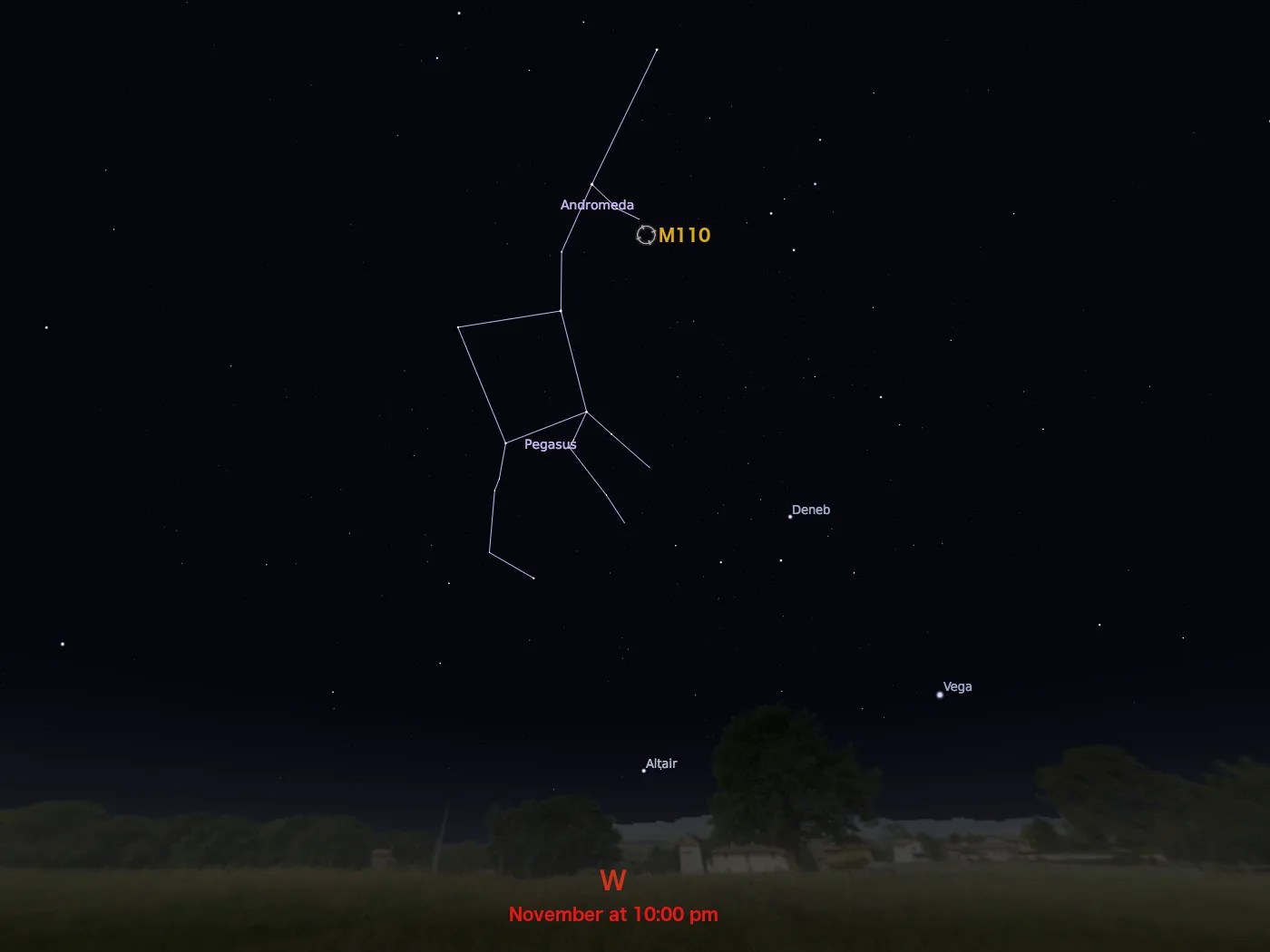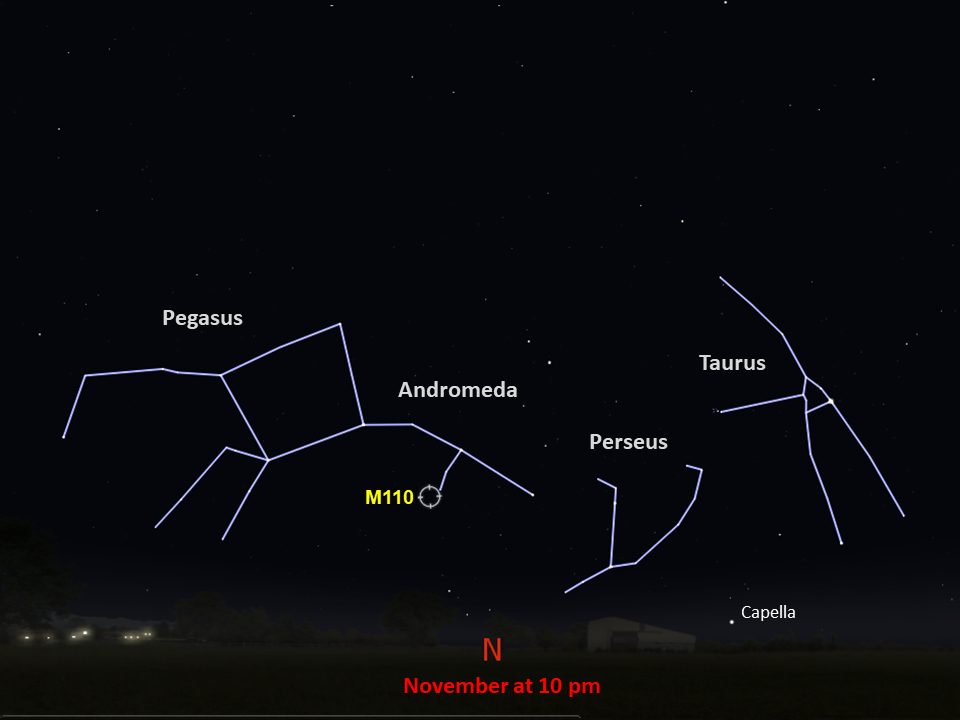Messier 110
Messier 110 is a satellite galaxy of the Andromeda Galaxy (M31).
Distance
2.7 million light-years
Apparent Magnitude
8.0
constellation
Andromeda
object type
Elliptical Galaxy
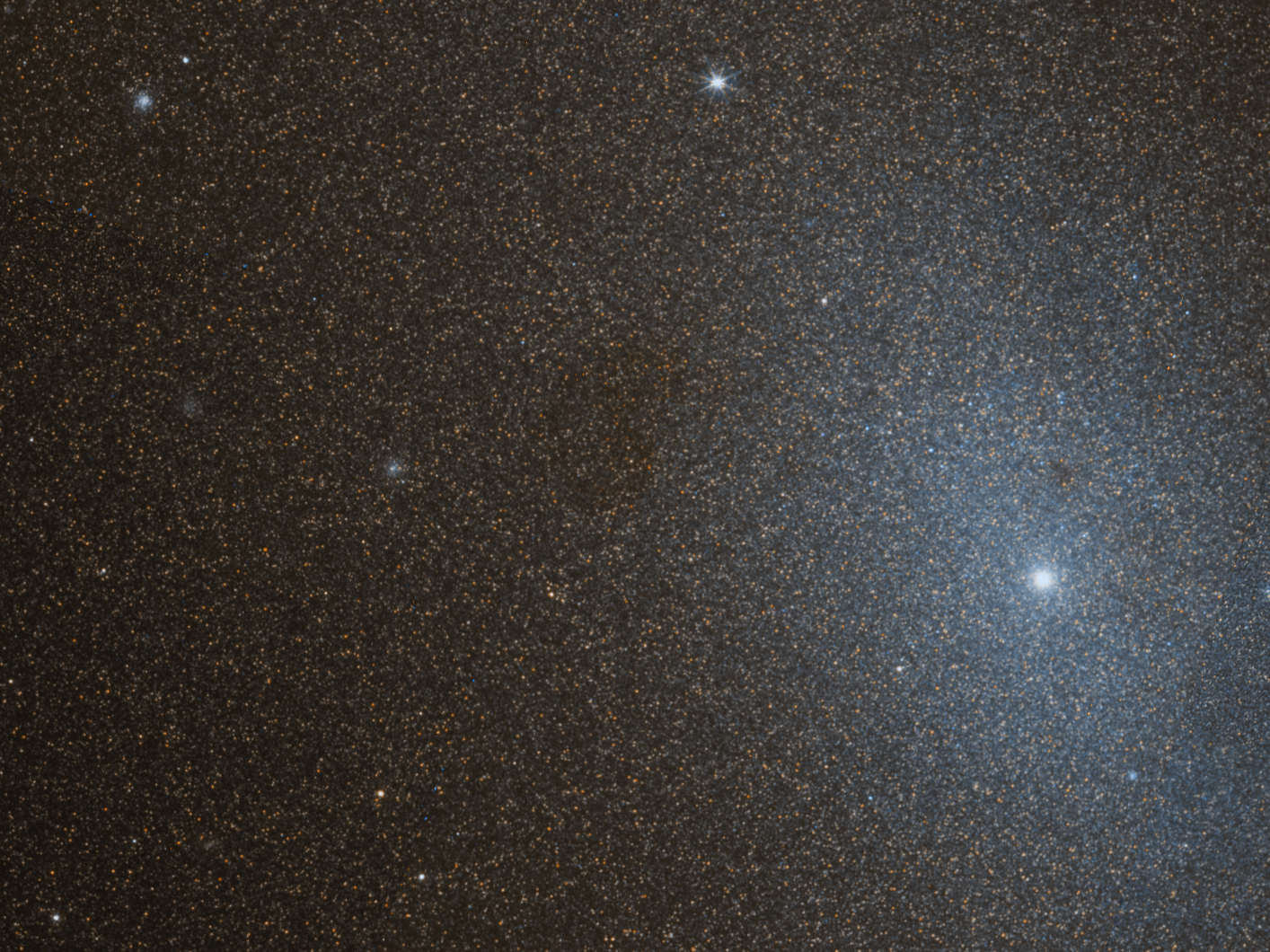
Located in the constellation Andromeda, M110 was discovered in 1773 by Charles Messier. It is a satellite galaxy of the Andromeda galaxy (M31) and a member of the Local Group, which is made up of the galaxies located closest to the Milky Way (our Milky Way is considered a member of the Local Group as well). M110 is approximately 2,690,000 light-years away from Earth and has a magnitude of 8.
M110 is an elliptical galaxy, which means that it has a smooth and nearly featureless structure. Elliptical galaxies do not have arms or regions of star formation. They are oftentimes considered “dead” compared to spiral galaxies, and the stars in elliptical galaxies are often older than those in other galaxies. However, there is evidence that a population of young blue stars exists at the center of M110. This small elliptical galaxy has approximately 10 billion stars, as well as at least eight globular clusters (the brightest of which can be seen with large telescopes).
With a telescope under a dark sky, M110 is fairly easy to spot near the core of the much larger and brighter Andromeda galaxy. Smaller telescopes will only reveal a faint, diffuse patch of light, while larger telescopes will unveil an oval shape with a brighter core. The best time to view M110 is during November.
For more information about Hubble's observations of M110, see:
Explore Hubble's Messier Catalog
The following pages contain some of Hubble’s best images of Messier objects.

Overview The Messier catalog, begun by astronomer Charles Messier in the 18th Century and revised over the years, includes some…
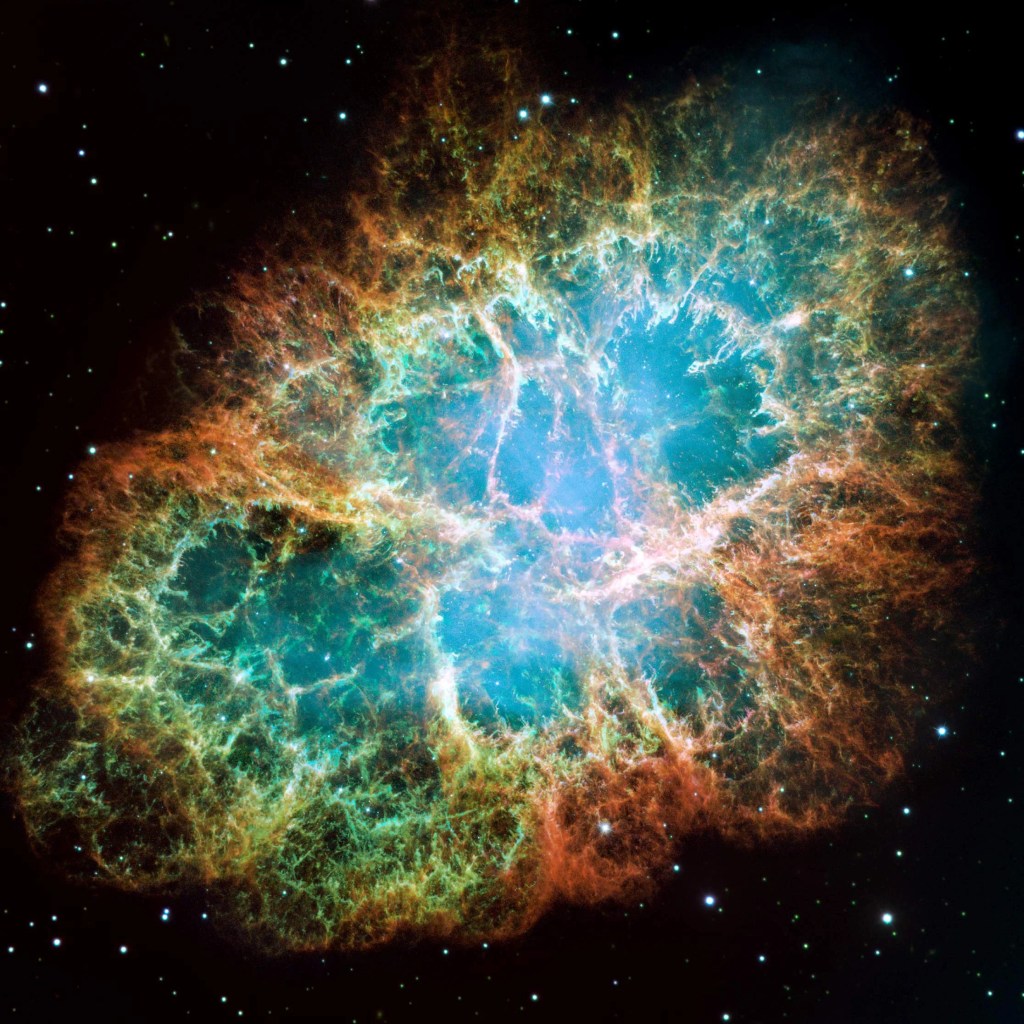
Better known as the Crab Nebula, Charles Messier originally mistook Messier 1 for Halley’s Comet, which inspired him to create…
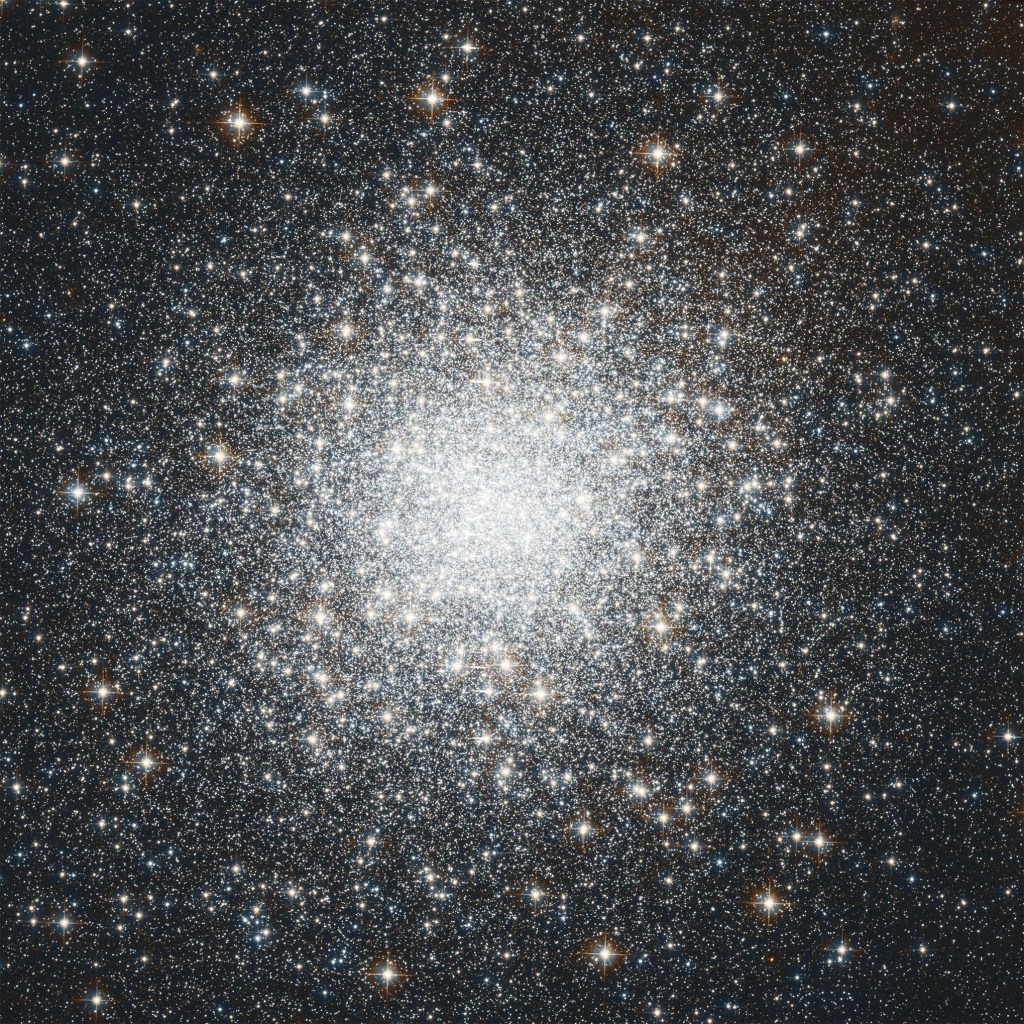
Hubble's image of Messier 2 is comprised of visible and infrared wavelengths of light.



























